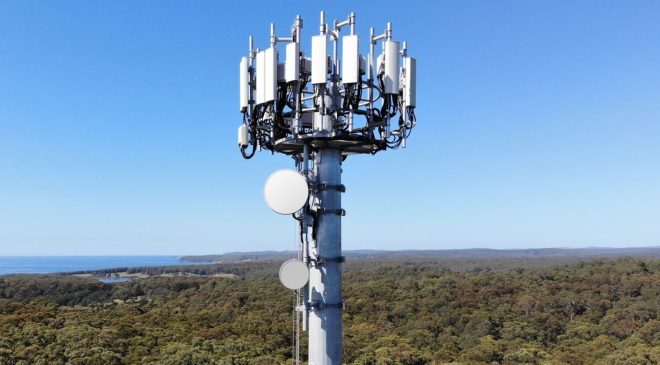System-level network energy savings are key features in 5G-Advanced
The 3GPP approved the Release-18 package in December 2021, making the official start of 5G-Advanced with the planned freeze date in December 2023. Global technology intelligence firm ABI Research expects that 75 per cent of 5G base stations will be upgraded to 5G-Advanced by 2030, five years after the estimated commercial launch. 5G-Advanced will bring continuous enhancements on mobile network capabilities and use case-based support to help mobile operators with 5G commercialization, long-term development of Artificial Intelligence (AI)/Machine Learning (ML), and network energy savings for a fully automated network and a sustainable future.
“In 5G-Advanced, Extended Reality (XR) applications will promise monetary opportunities to both the consumer markets with use cases like gaming, video streaming, as well as enterprise opportunities such as remote working and virtual training. Therefore, XR applications are a major focus of 3GPP working groups to significantly improve XR-specific traffic performance and power consumption for the mass market adoption,” explains Gu Zhang, 5G & Mobile Network Infrastructure Principal Analyst at ABI Research. “Another noticeable feature is AI/ML which will become essential for future networks given predictive rapid growth in 5G network usage and use case complexities which can’t be managed by legacy optimization approaches with presumed models. System-level network energy saving is also a critical aspect as operators need to reduce the deployment cost but assure network performance for various use cases.”
The upgrade of 5G network infrastructure is expected to be faster in the consumer market than enterprises. ABI Research forecasts that 75 per cent of 5G base stations will be upgraded to 5G-Advanced, while in the enterprise market the ratio is about half. 5G-Advanced devices per radio base station will quickly gain traction around 2024 to 2026 at the early stage of the commercial launch because devices will grow more aggressively than network deployments over the period.
“The commercial launch of 5G-Advanced will take two or three years, but the competition has already started,” Zhang points out. “Taking AI/ML development as an example, industrial leaders such as Ericson, Huawei, Nokia, ZTE, and Qualcomm have trialed their solutions with mobile operators across the world. Ongoing development in this area will continue to bring improvements on traffic throughputs, network coverage, power saving, anomaly detection etc.”
Different from previous generations, 5G creates an ecosystem for vertical markets such as automotive, energy, food and agriculture, city management, government, healthcare, manufacturing, and public transportation. “The influence on the domestic economy from the telco players will be more significant than before and that trend will continue for 5G-Advanced onward. Network operators and vendors should keep close to the regulators and make sure all parties involved grow together when the time-to-market arrives,” Zhang concludes.
Tags: 5G-advancedABI





